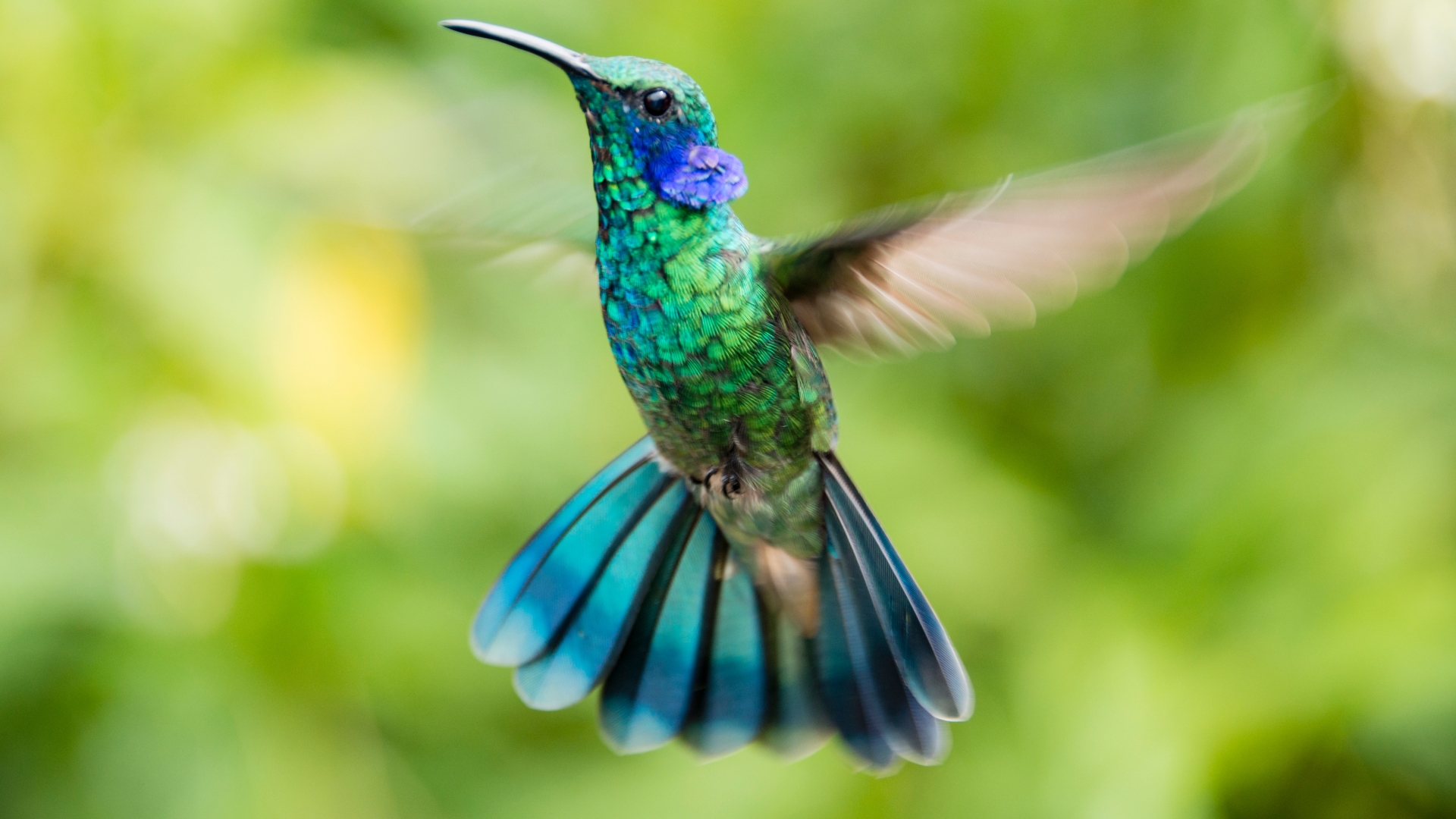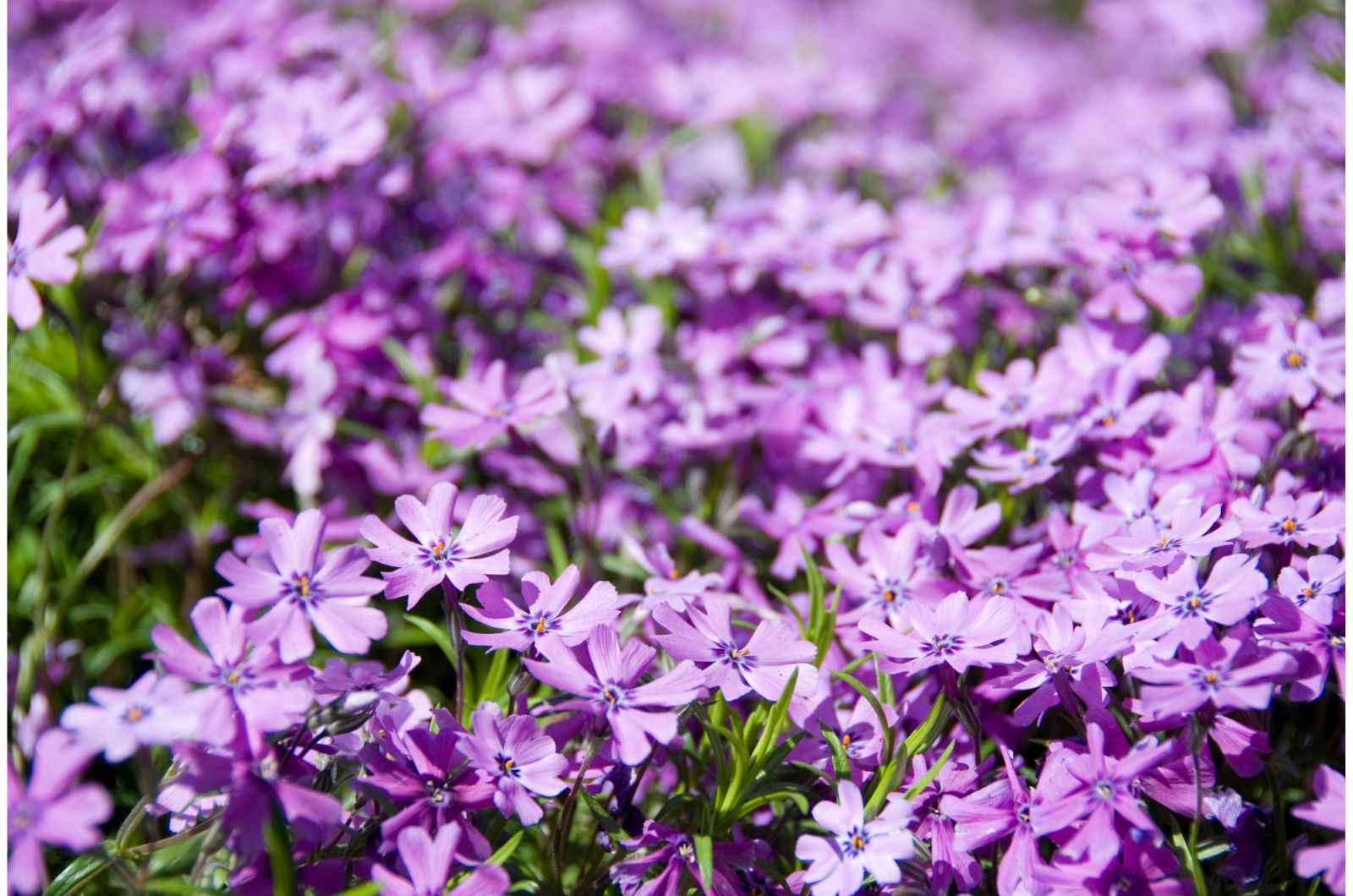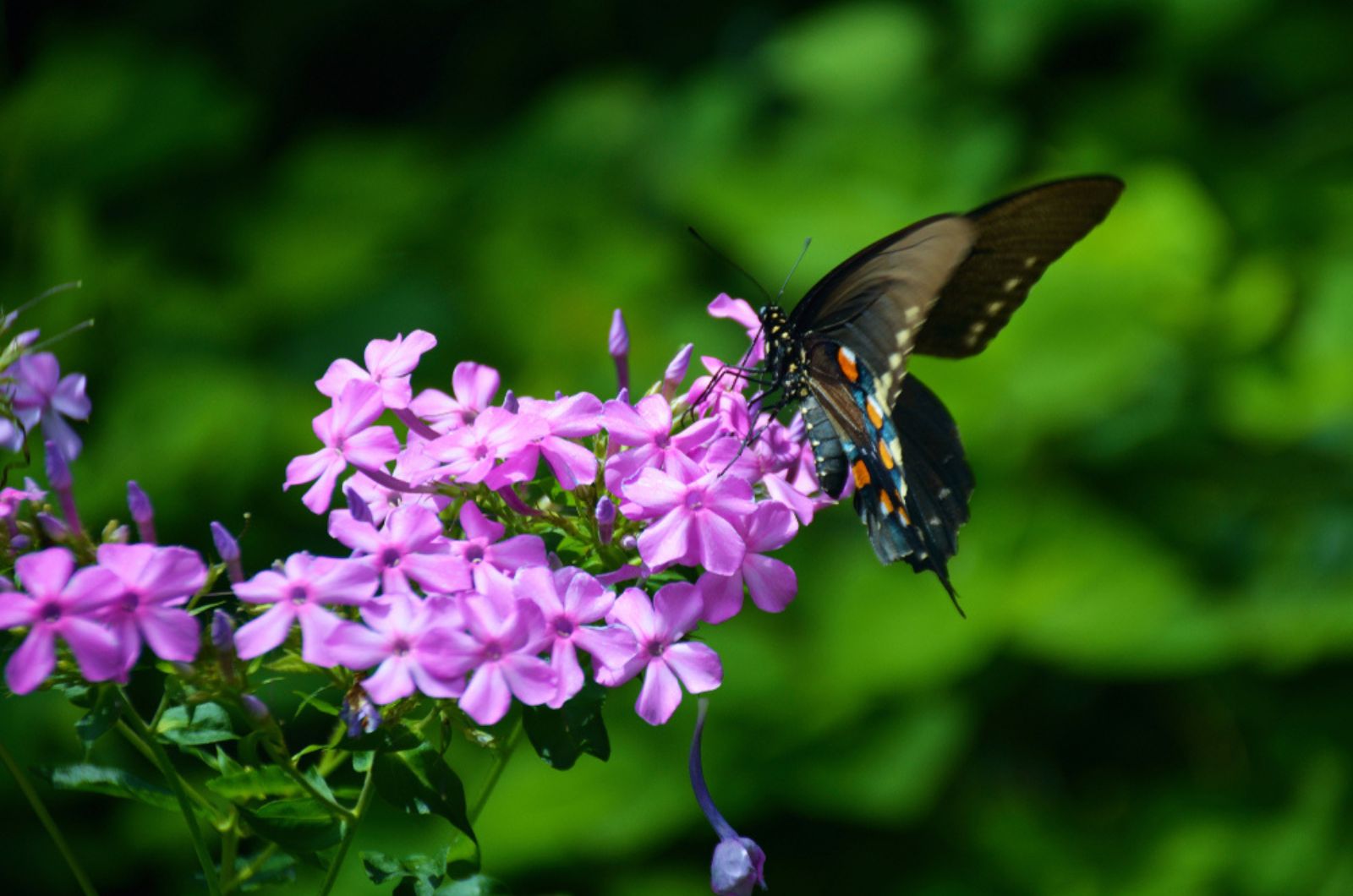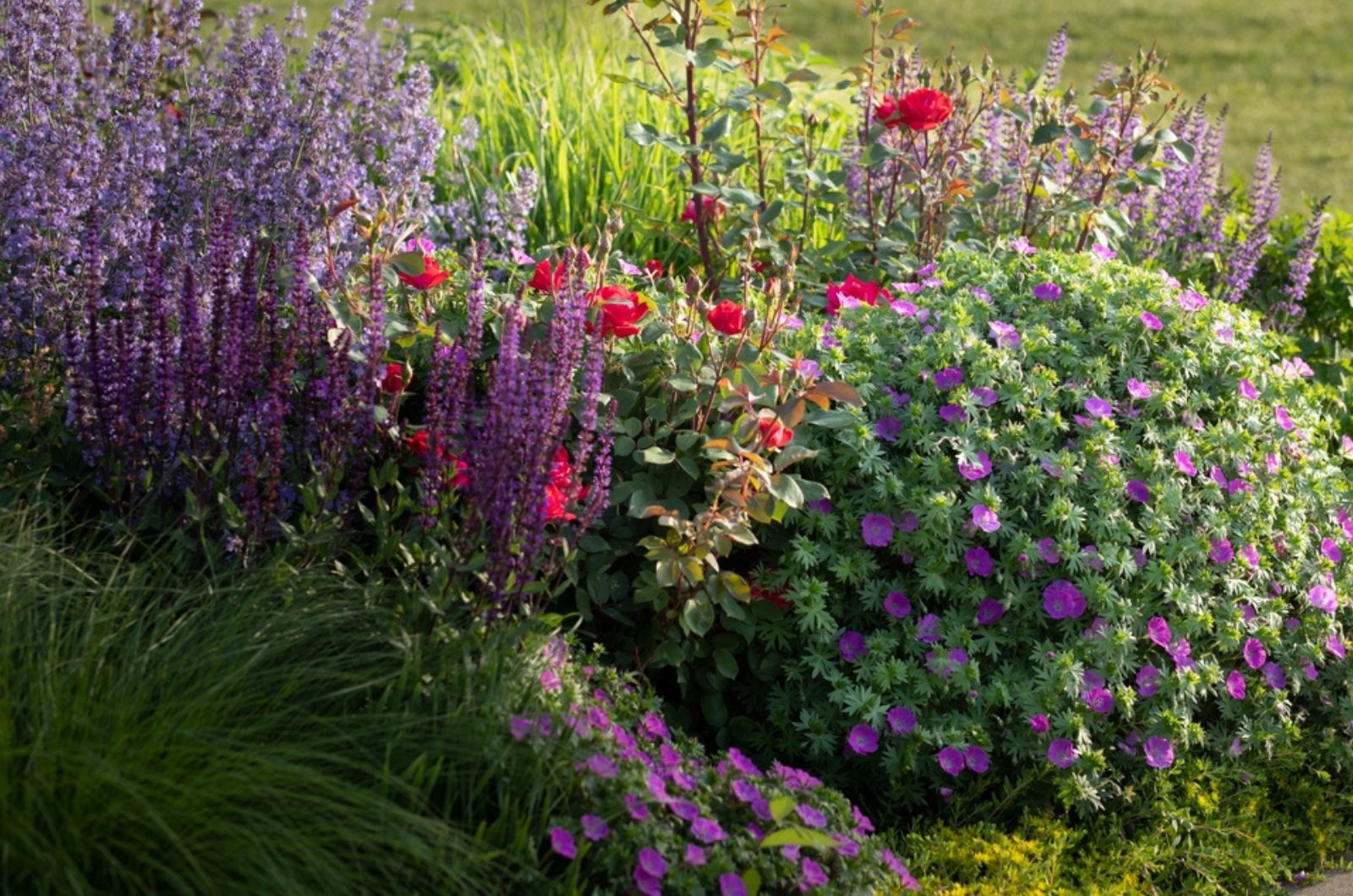Hummingbirds and butterflies aren’t just cute little creatures, I mean they are super cute, but their main benefit is pollinating plants that can’t do it on their own.
When you’re looking at a bee or butterfly munching on a flower, it may seem they’re doing it for themselves, but the truth is way different. They take the pollen from one plant to another, which results in pollination. How fascinating, right?
The thing is that hummingbirds, butterflies, and all other pollinators will feed on all flowering plants. However, some plants are true magnets for these creatures.
Pollinators have always been a part of my garden because I grow many flowering species. But their number increased significantly when I planted one wonderful ground cover.
Creeping phlox aka the plant that has it all! 🏆
Its fascinating brightly-colored blossoms enchant gardeners worldwide, and beauty is just one of the many reasons why this plant deserves a spot in your garden.
This is our native plant and if you aren’t familiar with the importance of these plants, let me sum it up briefly. By growing native species, you’ll get more pollinators, use less water, and repel different pests that could wreak havoc in your yard.
So, can you find a reason to not add creeping phlox to your garden? Me neither!
Creeping Phlox And Pollinators: A Match Made In Heaven
As the very name suggests, this plant doesn’t grow vertically but rather spreads over the ground.
My creeping phlox blooms in various colors but the pink blooms seem to be the most attractive to hummingbirds and butterflies. Interestingly, these super beneficial creatures spot red-leaning blooms more easily and will pay a visit more frequently.
Another thing I especially like about creeping phlox is that it blooms early in the spring. Most of my other plants are lazy and still waking up from winter dormancy at this point.
Red admiral, spring azure, and eastern comma are just a few of the butterfly species that will hurry up to check on the blooms of creeping phlox as soon as they spot them.
These adorable creatures spend colder days in their cocoon, and imagine how much strength they need after they’re out. This is where the nectar from creeping phlox blooms steps in!
And what about hummingbirds? Well, they’re fans of creeping phlox just as much as butterflies!
They don’t sleep in cocoons, of course, but they need energy for flying. Believe it or not, these lovely birds can spend up to 20 hours in the air!
To get the most out of my garden, I combine other magnets for hummingbirds and butterflies, and it works perfectly!
What’s The Secret Of Pollinator Gardens?
Since I didn’t know much about pollinator gardens in the beginning, I honestly thought it was just about planting a bunch of pretty flowers. I know, rookie mistake.
Think of it as your contribution to the local ecosystem, and you already know the power of an individual on this planet!
It’s simply fascinating to watch how pollinators work in symbiosis with plants. And you can witness it – all it takes is to plant a few native species such as creeping phlox.
If you aren’t sure about the native species in your region, you can always contact field guides. (I swear if I make another call to my local extension office, they’ll block my number.)
All jokes aside, creating a pollinator haven in your garden should be on the list of your priorities. Native species such as creeping phlox are the best ways to increase biodiversity in your garden.
Hummingbirds and butterflies will gladly pay a visit to your yard and it will result in pollination, less annoying pests, less frequent irrigation and, best of all, healthier plants!




